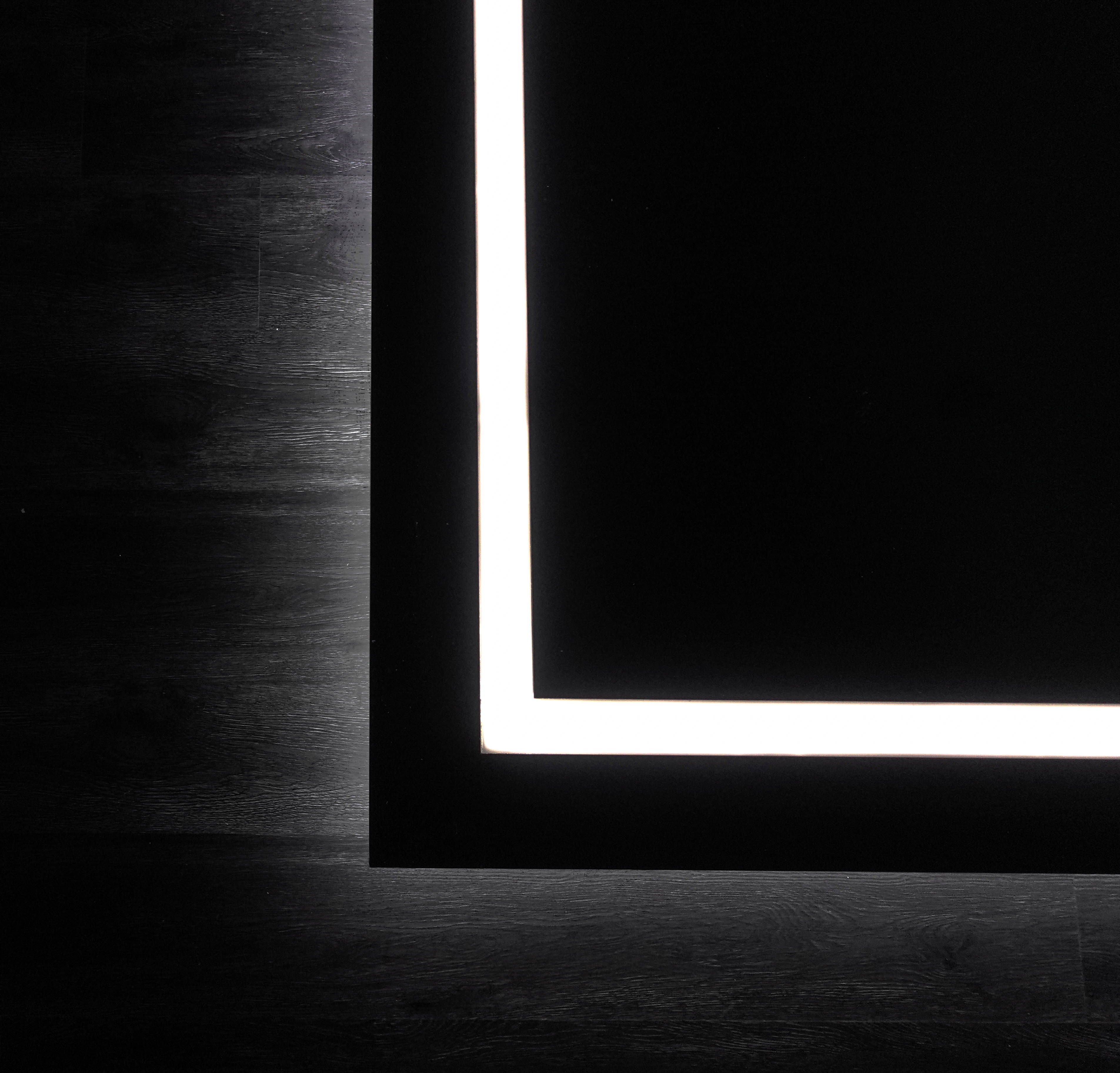Interior design is more than just a profession; it is an art form that breathes life into the spaces we inhabit. The skilled hands of interior designers have the ability to transform blank canvases into mesmerizing works of art, blending functionality with aesthetics. Whether it’s a cozy home, a luxurious office, or a chic café, interior designers play a pivotal role in shaping the ambiance and atmosphere of any environment. This article explores the multifaceted world of interior design, delving into the creative process, the impact of design choices, and the key elements that define an exceptional interior designer.
At the heart of every interior designer’s work lies their creative vision. Each project begins with a blank slate, and it is the designer’s task to envision the end result. This requires a keen eye for detail, an appreciation for aesthetics, and an ability to understand the client’s desires and lifestyle. Great designers can infuse a space with personality and character, curating elements that not only complement the architecture but also reflect the client’s unique taste and preferences. They work with color palettes, textures, and lighting to create a harmonious symphony that resonates with the inhabitants and evokes emotions.

While artistic expression is paramount in interior designer malaysia, striking the perfect balance between form and function is equally vital. Aesthetically pleasing designs that neglect functionality will ultimately fall short of their potential. Skilled interior designers understand how to optimize space, making it practical, efficient, and inviting. They consider traffic flow, ergonomic principles, and the clients’ specific needs to ensure that the design not only looks good but also serves its intended purpose flawlessly.
Texture is a subtle yet powerful tool in the hands of an interior designer. It can transform a flat, uninspiring space into a tactile wonderland that engages multiple senses. From smooth marble countertops to plush velvet couches, from rough exposed brick walls to soft, natural fiber rugs, textures add depth and interest to a room. The art lies in the combination of various textures to create a cohesive and inviting space that beckons people to touch, feel, and connect with their surroundings.
Often underestimated, lighting plays a pivotal role in setting the mood and ambiance of any interior space. Interior designers skillfully use different lighting techniques to create drama, highlight focal points, and influence the perception of space. Natural light is harnessed to bring warmth and vitality, while well-placed artificial lighting adds depth and accentuates the design’s key elements. Thoughtful consideration of lighting enhances the overall experience of a room, ensuring that it can be adapted to various activities and occasions.
Interior design is inherently influenced by trends that come and go. A skilled interior designer is not swayed solely by passing fads but can tastefully incorporate contemporary elements into a design while maintaining timelessness. Classic design principles endure, and blending them with modern sensibilities ensures that a space remains relevant and visually appealing for years to come. This balance between the contemporary and the timeless sets great designers apart, giving their projects a lasting appeal.


